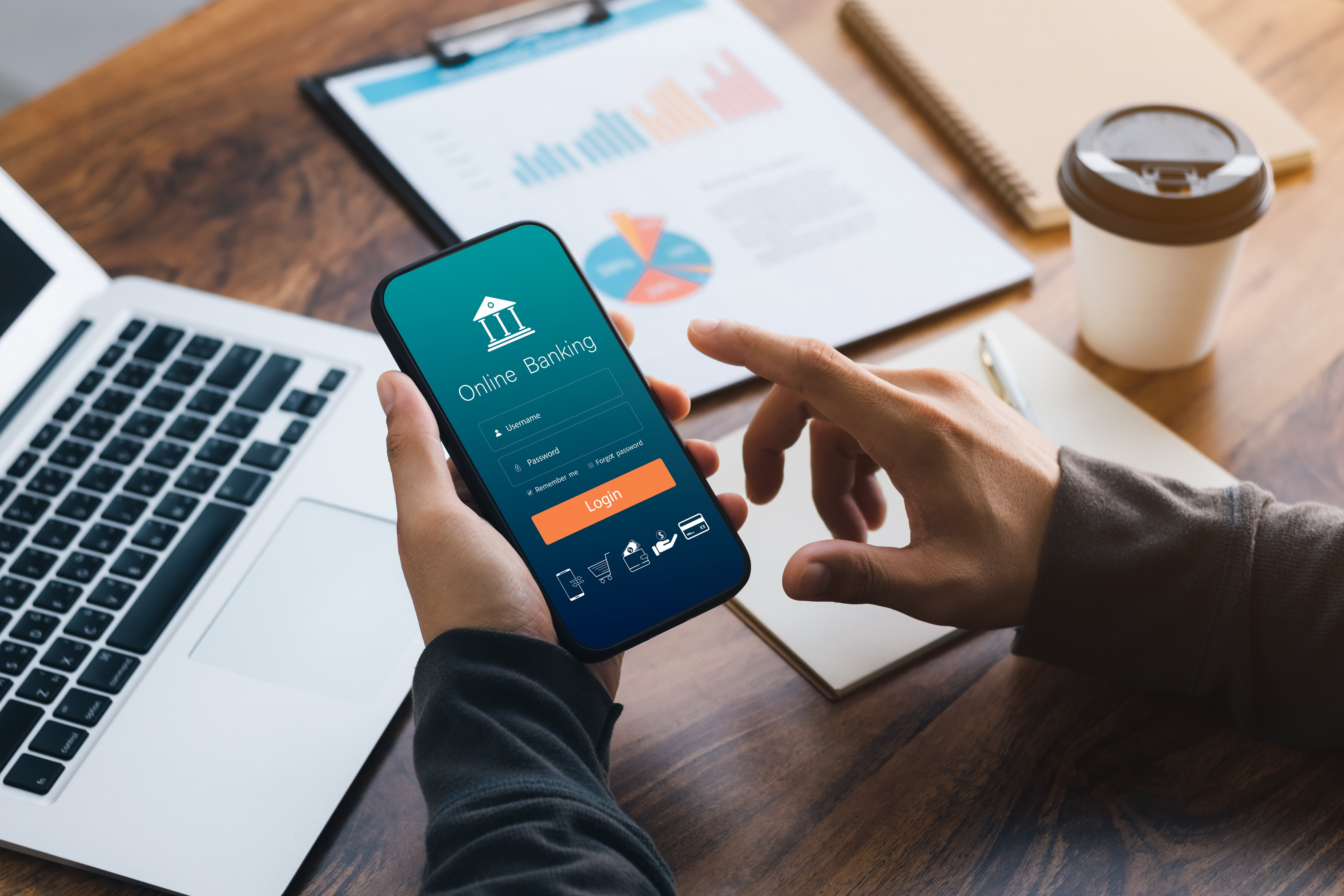Online banking is one of the most common tasks we perform on our mobile devices. According to a 2023 report by Statista, 75% of millennials and 68% of Gen Xers in the United States regularly use mobile banking apps to manage their finances. People handle everything from opening new accounts to checking balances to paying bills by apps or mobile web browsers. In its 2022 Consumer Mobility Report, Bank of America found that 87% of respondents used a mobile banking app at least once a month, with 55% using it more than once a week. As a result, mobile banking accessibility is crucial so that individuals with disabilities can enjoy the personal and financial independence that online banking enables. By improving mobile banking accessibility, we can empower individuals with disabilities to manage their finances more effectively and independently, enhancing their overall quality of life.
In the remainder of this blog, I will discuss some of the most common accessibility shortcomings of using banking websites on portable devices in conjunction with touch-based mobile screen readers. My narration will hopefully illustrate how accessibility challenges can differ depending on the type of computing system.
Issues with Hearing Numbers on Mobile Banking Sites
One central issue relating to banking website use on mobile devices is the proper number readout. Numbers are crucial on banking websites for interest rate disclosures and minimum account balance requirements. My mobile screen reader has trouble correctly announcing number values on mobile banking websites. My biggest problem is that the screen reader ignores decimal points and symbols such as percent and dollar signs.
For example, consider a savings account that advertises a five percent growth rate. The interface visually displays this value as 5.0 %. When I explore this savings account with my mobile screen reader, it announces the above value as simply "Fifty." The screen reader completely ignores the decimal point and percent sign, which significantly reduces screen reader accuracy and clarity.
This issue makes it very difficult to quickly and efficiently explore and compare different options on mobile banking websites during the account opening process. I am left to try and figure out what strange-sounding figures are supposed to mean instead of just hearing them as displayed and knowing that I can rely on the fact that the value I am hearing is consistent with the number on the screen.
Unfortunately, this occurs on many mobile banking websites. Using heavily stylized punctuation marks that screen readers recognize as images is likely the root cause of this mobile banking accessibility flaw.
Problems with Small Touch Targets for Icon-Based Buttons
Mobile banking websites utilize icon-based buttons for account login, navigation menu opening, and virtual assistant requests. Icon-based buttons are standard on devices with smaller displays because they promote space conservation due to fewer words on the screen. While I found that most online banking sites correctly labeled these icon-based buttons, one issue I encountered consistently was that the touch targets for the buttons were tiny. When I say touch target, I am referring to the display area around a button where finger contact will register the screen reader selection of that specific button. When button touch targets are too small, it will require several direct touches before a user successfully places the screen reader focus cursor on the button. Unfortunately, I found this a significant issue on several banking sites.
On one banking website I frequently use, for which I know that the login button is in the upper right corner, it took nine direct touches before I successfully selected the button with my screen reader. This flaw is an unacceptable mobile banking accessibility issue the bank should address.
Navigating Text Field Issues on Mobile Banking Forms
While exploring the account opening process on several mobile banking websites in preparation for this post, I encountered an odd but very frustrating problem regarding text field data entry. One step of the account opening process requires the user to input personal information such as contact details and a mailing address. When exploring the form before data entry, all fields had a proper text label in the code. However, something very strange happened when I began filling out the form.
Once I moved the screen reader focus to the first text field, the virtual keyboard appeared, which is the intended behavior. However, at this point, the text fields no longer had an auditory label that my screen reader could detect. If I used my screen reader's navigation commands to move focus to the following field in the form, my screen reader did not announce the title of that field, leaving me in the dark about the field's purpose. When I dismissed the keyboard, the fields were miraculously properly labeled again. The only way to successfully fill out the form was to enter each field one at a time, dismiss the keyboard manually, hear the label for the following text field, and then bring up the keyboard again to enter the data.
Because of this flaw, my screen reader's text field navigation controls were virtually useless. Trying to fill out digital forms in this fashion is a long, clunky, and tedious process.
Closing Thoughts: Enhancing Mobile Banking Accessibility for All Users
Screen reader accessibility on mobile devices for online banking websites is super important. Not only are mobile devices steadily replacing desktop computers for digital banking needs, but full accessibility in the online banking space allows people like myself to have the greatest degree of independence.
According to a 2022 survey by Deloitte, 73% of customers prefer to manage their banking needs online or via mobile apps, reflecting a significant shift from traditional in-branch banking. I hope this discussion will help raise awareness of the accessibility issues that frequently affect the experiences of those who try to use their smartphone or tablet for online banking.
Editor's Note: Our frequent contributor, Michael Taylor, wrote this post. This post reflects his opinions and experiences. Read more about Michael and some other posts on his experience online here.









